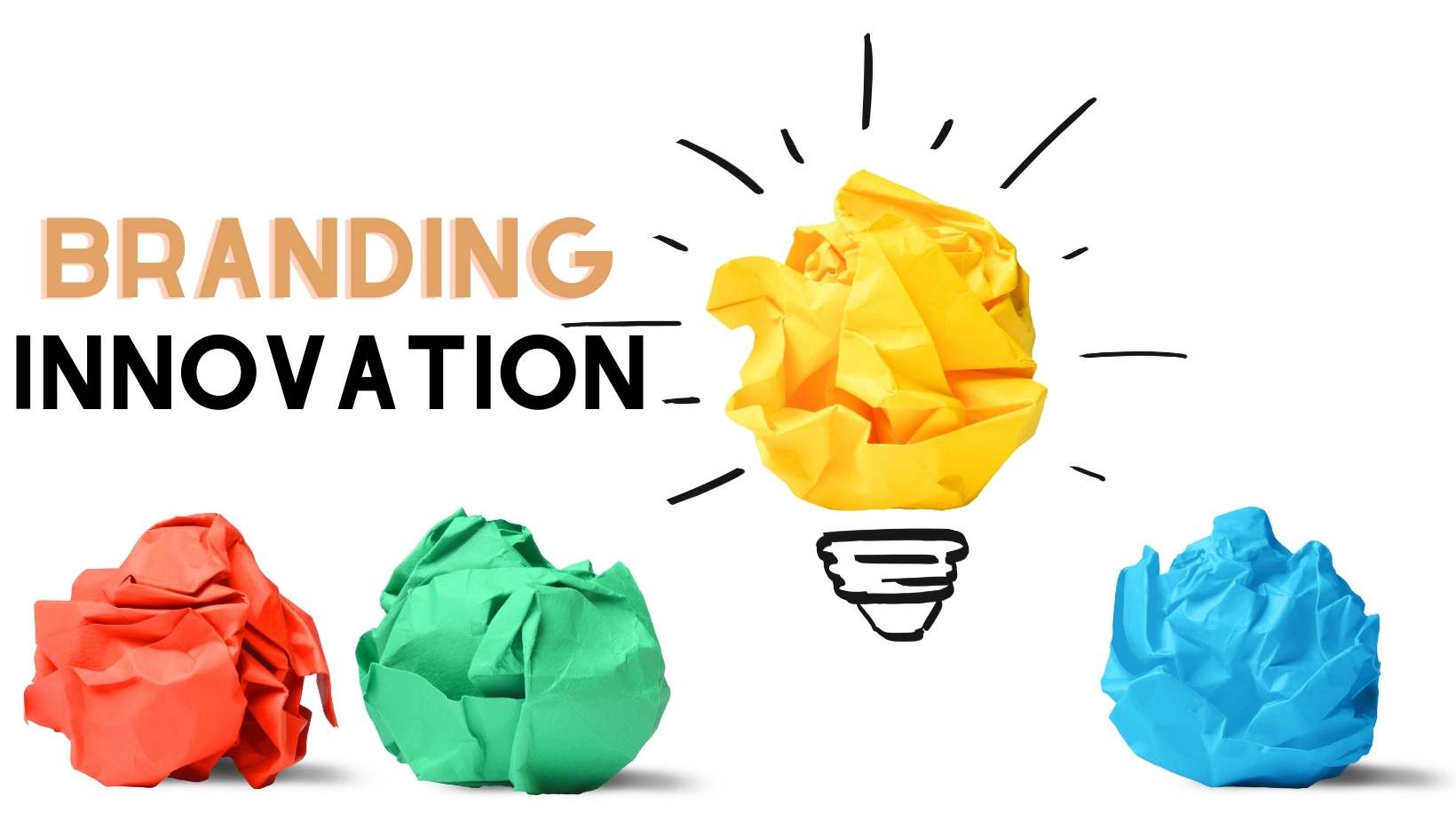
Branding and Design: Evolution and InnovationBranding and Design: Evolution and Innovation Branding and design have undergone a profound transformation in recent years, driven by technological advancements, evolving consumer expectations, and the rise of digital platforms. Brands must constantly adapt and innovate to remain relevant and competitive in this dynamic landscape. Evolution of Branding Traditional branding models focused on creating a consistent brand identity across all touchpoints. However, with the proliferation of digital channels, brands now need to engage with customers in a more personalized and interactive way. Today, branding is less about creating a static logo and tagline and more about building an authentic, emotional connection with customers. Brands must communicate their values, purpose, and unique selling proposition in a compelling and memorable way that resonates with their target audience. Innovation in Design Technological advancements have had a significant impact on the field of design. From virtual reality to artificial intelligence, designers now have access to a wide range of tools and techniques to create immersive and engaging experiences. Responsive design, which adapts to different screen sizes and devices, has become essential for brands. The use of motion graphics, animations, and interactive elements has also enhanced the visual appeal and user engagement of digital marketing materials. Convergence of Branding and Design In today’s digital age, branding and design are inextricably linked. Designers must understand brand strategy and be able to translate it into effective visual communication. Conversely, brand managers must recognize the importance of design in shaping the customer experience. The convergence of branding and design has created a need for cross-functional collaboration between marketing and design teams. By working together, they can ensure that all branding and design efforts are aligned with the overall business objectives. Future Trends As technology continues to evolve, so too will the landscape of branding and design. Some key trends to watch for include: * Augmented and virtual reality: These technologies will enable brands to create immersive experiences that blur the lines between the physical and digital worlds. * Personalized marketing: Brands will leverage data and machine learning to tailor their marketing messages and customer interactions to each individual. * Design for sustainability: Consumers are increasingly aware of environmental issues, and brands will need to focus on creating sustainable products and packaging. By embracing these trends and continuing to innovate, brands can stay ahead of the curve and create meaningful connections with their customers in the digital age.
Posted inNews